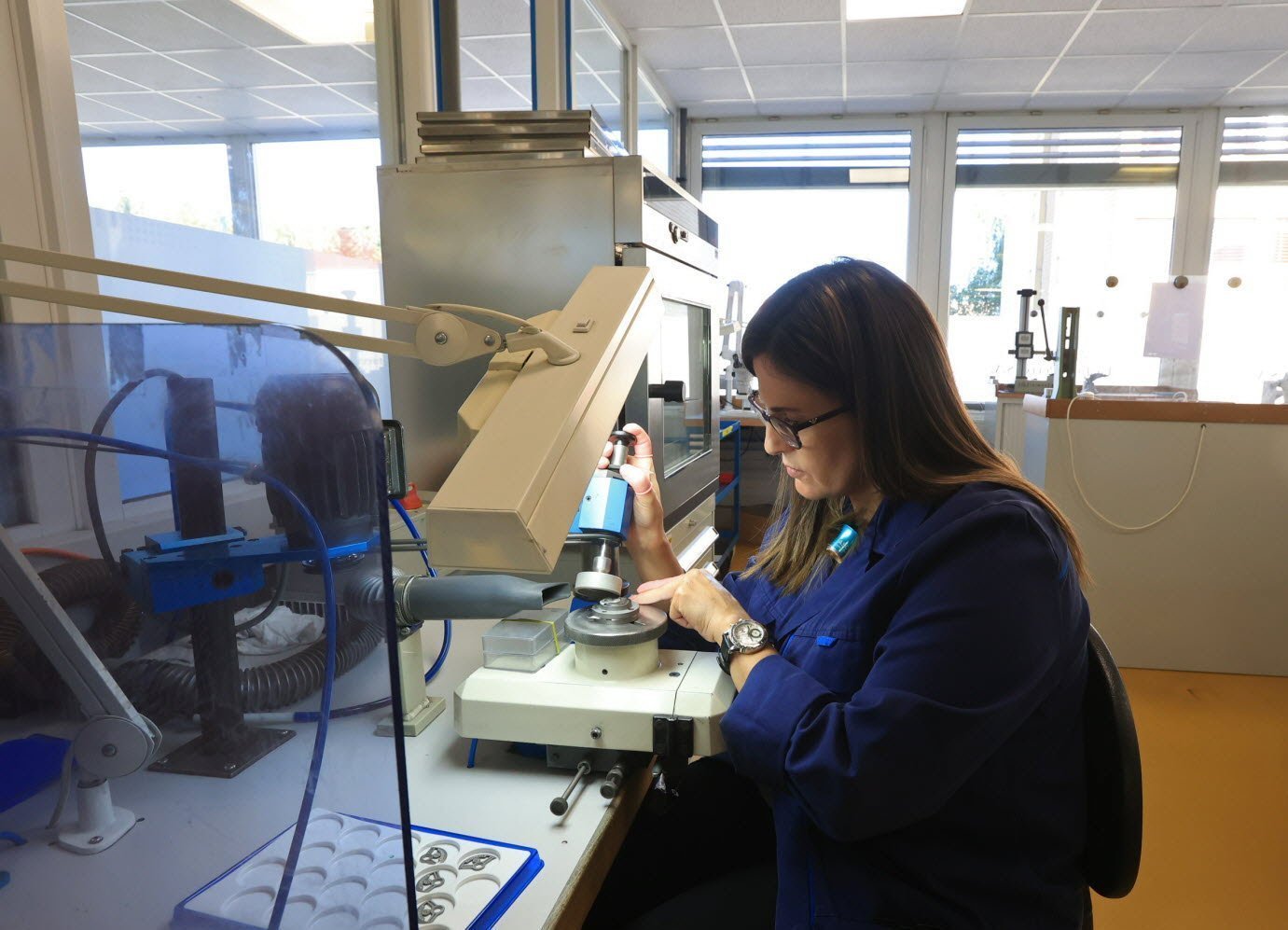Swiss chocolate, synonymous with quality and indulgence, has long held a place of honor in the hearts of chocolate lovers worldwide. From the smooth, velvety texture of milk chocolate to the rich, complex flavors of dark varieties, Swiss chocolate is more than just a treat—it’s a cultural icon. The history of Swiss chocolate is a story of innovation, craftsmanship, and a commitment to excellence that continues to this day.
A Brief History of Swiss Chocolate
The story of Swiss chocolate begins in the 19th century when a handful of pioneers set the foundation for what would become one of the country’s most famous exports. Among these early innovators was François-Louis Cailler, who opened the first mechanized chocolate factory in Vevey in 1819. Cailler’s approach to chocolate production laid the groundwork for Switzerland’s reputation as a leader in the industry.
Another key figure in the history of Swiss chocolate is Daniel Peter, who is credited with inventing milk chocolate in 1875. By combining chocolate with condensed milk, Peter created a product that was smoother and sweeter than anything available at the time. This innovation not only revolutionized chocolate production but also helped establish milk chocolate as a global favorite.
The success of Swiss chocolate was further propelled by Rodolphe Lindt, who developed the conching process in 1879. This method involved heating and mixing chocolate for extended periods, resulting in a smoother texture and a more refined flavor. The conching process became a standard in chocolate making, and Lindt’s chocolates quickly gained international acclaim.
The Craftsmanship Behind Swiss Chocolate
What sets Swiss chocolate apart is the meticulous attention to detail that goes into its production. Swiss chocolatiers are renowned for their expertise in selecting the finest ingredients and their dedication to perfecting every step of the chocolate-making process. From the careful sourcing of cocoa beans to the precise tempering and molding techniques, every element is carefully controlled to ensure the highest quality.
Swiss chocolate is often characterized by its creamy texture and balanced flavors. This is achieved through a combination of high-quality milk, a careful balance of sugar, and the use of superior cocoa beans. The result is a product that melts effortlessly in the mouth, releasing a symphony of flavors that can range from sweet and milky to dark and bittersweet.
Innovation in Swiss Chocolate
While tradition plays a significant role in Swiss chocolate, innovation is equally important. Modern Swiss chocolatiers are constantly experimenting with new flavors, ingredients, and techniques to push the boundaries of what chocolate can be. Whether it’s incorporating exotic spices, fruits, or even savory elements, the goal is to create unique and memorable chocolate experiences.
One example of innovation in Swiss chocolate is the rise of single-origin chocolates, which highlight the distinct characteristics of cocoa beans from specific regions. These chocolates offer a more nuanced taste experience, allowing consumers to explore the subtle differences in flavor profiles based on the origin of the beans.
Another trend in Swiss chocolate is the focus on sustainability and ethical sourcing. Many Swiss chocolate companies are now committed to using Fairtrade-certified cocoa, ensuring that farmers are paid fairly and that environmental practices are respected. This commitment to sustainability not only helps protect the environment but also ensures that the quality of the cocoa beans remains high.
Swiss Chocolate Today: A Global Ambassador
Today, Swiss chocolate continues to be a global ambassador for the country, with brands like Lindt, Toblerone, and Nestlé being household names around the world. Swiss chocolate is often associated with luxury and indulgence, making it a popular choice for gifts and special occasions. Visitors to Switzerland can immerse themselves in the world of chocolate by visiting chocolate museums, participating in tasting tours, and even taking part in chocolate-making workshops.
In conclusion, Swiss chocolate is more than just a delicious treat—it’s a symbol of tradition, craftsmanship, and innovation. Whether enjoyed as a simple pleasure or as part of a gourmet experience, Swiss chocolate continues to captivate the senses and evoke the rich history of a nation that has mastered the art of chocolate making.



